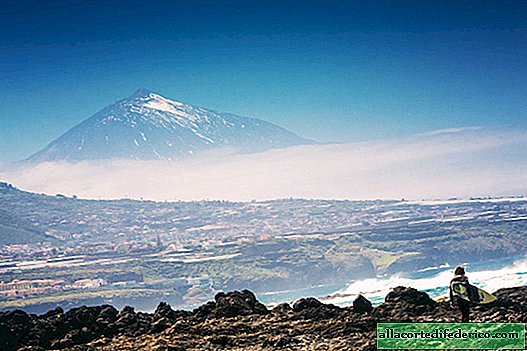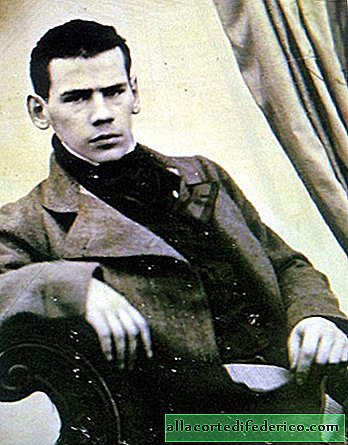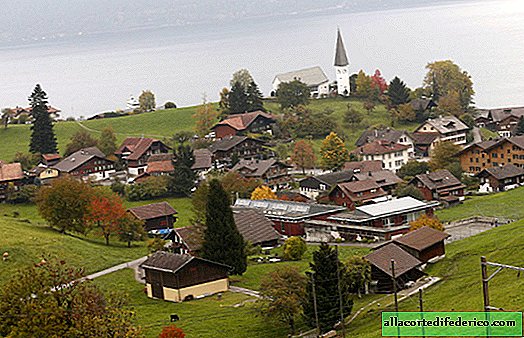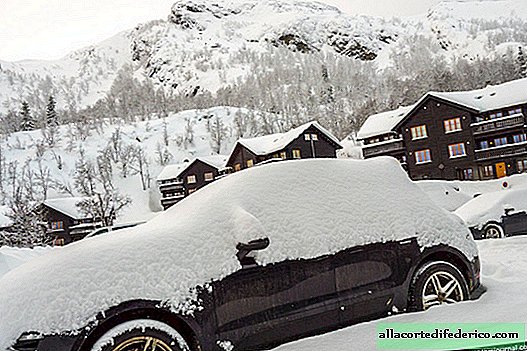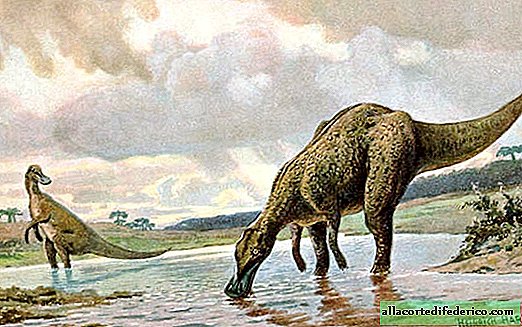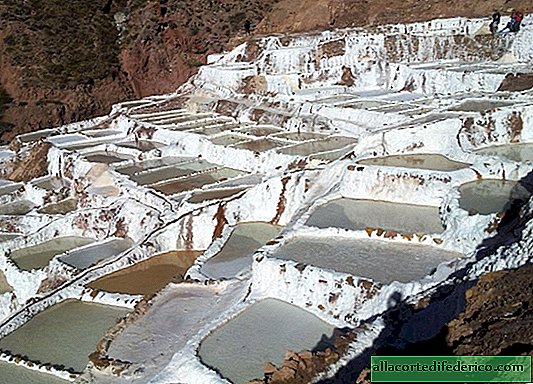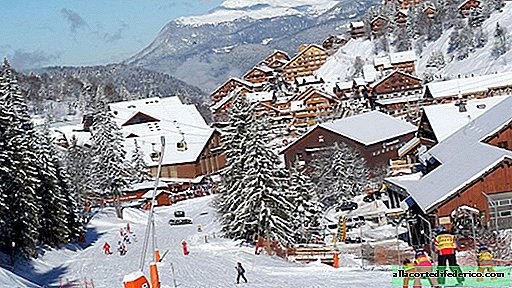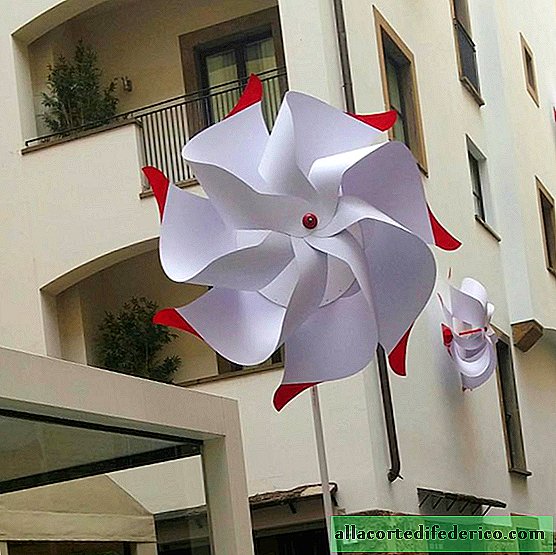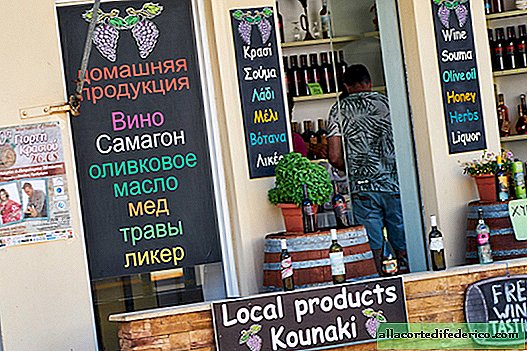Paris walk
Paris is a city of contrasts.
Oneuro. The new symbol of Paris. African immigrant selling souvenirs under the Eiffel Tower.
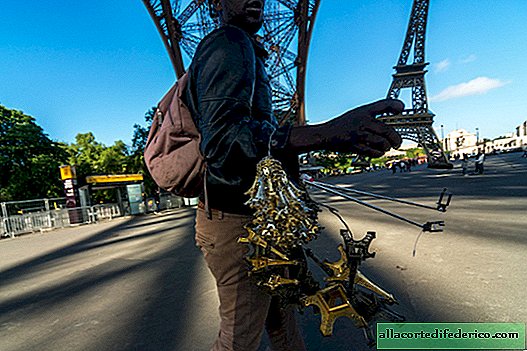
The period of French colonial rule in Africa, which ended only in the 70s of the 20th century, as well as the status of one of the largest tourist centers in the world turn Paris into a point of confluence of cultures, lifestyles and customs of many different nationalities.
A relatively high standard of living attracts migrants from all over the world to this city. If before the end of World War II the number of immigrants of the first and second waves, mainly consisting of Portuguese, Italians and Spaniards, was within 3-4% of the total population, then from the 50s of the 20th century the third begins, and after it the fourth wave of immigration - instead of citizens of poorer European countries, among immigrants Arabs and natives of "black Africa" begin to dominate.

Despite the resulting socio-economic tensions, Paris retains the title of "city of lovers." France invariably tops the list of the most popular international tourist destinations, and the French capital constantly falls into the top five most popular cities for tourists.
On the Field of Mars

All this, closely intertwined with modern European politics, creates an indescribable image of Paris, fundamentally different from the way Victor Hugo or Gustave Eiffel saw him.
Tourists in Citroën

View of Paris from the Montparnasse tower

Despite fundamental changes in the structure of society, much in Paris remained unchanged. This primarily refers to the architecture of the historic city center. Nevertheless, even "frozen music" has undergone a number of serious changes in recent centuries. The first radical adjustments to the “score” of Paris on behalf of Napoleon III were made by Baron Osman, who redeveloped the city center in the 19th century. In addition to solving problems with traffic and improving the sanitary situation, wide straight avenues laid directly on top of the existing tangled quarters greatly complicated the possibility of erecting barricades. A serious minus of the "osmanization" of Paris from the standpoint of today is the fact that the city lost many medieval buildings that had historical and architectural value. In fact, from the Middle Ages in the city there was only a fragment of the fortifications, which can be seen on the basement of the Louvre.
Sacre Coeur Basilica

The modernist "improvisation" in the classical composition of buildings was made by the Eiffel Tower, which, in fact, became the symbol of Paris. American scientists who recently analyzed about 60 million images from social networks came to the conclusion that the tower is not only the most visited, but also the most photographed attraction in the world.
Good morning Paris!

Paris did not try to rebuild only the lazy. The great modernist and functionalist Le Corbusier, author of The Radiant City, in 1925 proposed the “Voisin Plan”, which continued the work of Baron Osman. According to the architect’s plan, a quarter of 18 skyscrapers was to appear in the center of Paris, separated by shady alleys, parks and wide highways. Despite the fact that by then there was already a building in Manhattan, Le Corbusier's ideas were perceived as overly revolutionary.
Nevertheless, 40 years later, in 1965, the “General scheme for the reconstruction and development of the Paris region” was adopted, after which, in the immediate vicinity of the Eiffel Tower on the left bank of the Seine, the Fron de Seine quarter grew out of more than 20 skyscrapers.
Quarter of Fron de Seine

Then there was the Olympics project, which today turned into part of the Paris Chinatown, and the antipode of the Eiffel Tower - Montparnasse Tower. Repeating the words attributed to Guy de Maupassant, the Parisians joke that the most beautiful view of Paris is opened from the top of this skyscraper, because then it will be out of sight.
View of Paris from the Montparnasse tower

The fundamental difference between the La Défense quarter, built in the same years, from previous projects is that it was erected outside of Paris, on the territory of Courbevoie commune and the cities of Puteaux and Nanterre. True, in 1972 a wave of protests took place in Paris - new high-rise buildings, according to Parisians, distorted the prospect of the Champs Elysees. Nevertheless, in this area 43 structures with a height of more than 90 meters have been erected today. The most interesting of them is the Great Arch of Defans 110-meter high, which is a three-dimensional projection of a 4-dimensional hypercube (tesseract).
Prospect Charles de Gaulle leading to La Défense

In 1974, two years after the completion of the construction of the Montparnasse tower and the first stage of La Défense, the construction of skyscrapers within the boundaries of Paris was temporarily banned, but several years ago the ban was lifted. In addition to the economic interests of the city and developers, a serious reason for this is the intensive population growth of the French capital. According to estimates by the National Institute for Economic Research and Statistics, the population of Paris is growing by almost 1.5% annually.
Illegal against the background of the bas-reliefs of the Small Triumphal Arch and the Louvre

According to official statistics, today every twentieth inhabitant of Paris comes from African countries. The main reason is the former French colonies in the Maghreb countries, a tolerant immigration policy for their former colonies and the peculiarities of the clan relations of Africans. The so-called family immigration, that is, entry into France "for family reunion" has very vague borders for people in Africa whose "minimum unit of society" is a clan or community.
A few years ago, France added fuel to the fire, taking an active part in the overthrow of the Gaddafi regime. As a result, Libya, embraced by the civil war, from a kind of migration "filter" in recent years has turned into an open channel for illegal migration for hundreds of thousands of Africans who travel through Italy to France.The situation would not be so deplorable if it were not for the low professional training of immigrants from North Africa. The average unemployment rate among African immigrants is over 30%. But in the countries of Africa themselves, the situation is much worse.
Workers repair equipment in a grocery store.

Senegal is a former French colony that gained independence in 1960. Most people know about Senegal only thanks to the capital of this country. It was in the city of Dakar from 1978 to 2008 that the participants of the annual transcontinental rally-marathon "Paris-Dakar" finished. Senegal today is one of the poorest countries in the world, living, in fact, due to foreign humanitarian aid. According to official figures, every second resident of Senegal is unemployed.
African immigrant selling souvenirs in the Tuileries Garden

This largely explains the situation when every morning in the territory between the Field of Mars and Trocadero hundreds of illegal immigrants-Africans appear, sticking to naive tourists in the hope of foaming them Chinese Eiffel towers, selfie sticks and other trinkets at inflated prices. In response, the Parisian police organize raids in the Eiffel Tower area, daily detaining up to fifty natives of Senegal, Mali, Congo and other countries of the black continent. The police have hundreds of kilograms of illegal souvenirs. But despite this, every morning the situation repeats itself again and again. And it doesn’t matter - whether it is the Trocadero, Carruzel Square or the Louvre - immigrants are everywhere. And the Parisians can only recall the words of the Fox addressed to the Little Prince: "We will always be responsible for those who have tamed."
Mature Parisian

Love is…

About 30 million tourists visit the French capital annually - 10 times the population of Paris, including immigrants. The abundance of tourists led to the fact that in 2013 the Paris Chamber of Commerce and Regional Tourism Board issued a special booklet "Do you speak tourism?", Which describes the features of vacationing for tourists of different nationalities for Parisians engaged in the service sector .
Changes in the behavior of tourists in recent years are largely due to the rapid development of social networks and modern means of communication.
Selfie with the painting "Mona Lisa", Louvre Museum

First of all, these changes are faced by museum workers in Orsay, Orangerie, the Louvre and others.
Dial at the Orsay Museum

The Louvre Museum is the most popular museum in the world; about 10 million people visit it in a year. The museum presents collections of ancient as well as Western European art until 1848.
Artists at the Medici Gallery, Louvre Museum

The history of the Egyptian department of the Louvre is interesting. It appeared as a result of the export of the treasures of Ottoman Egypt during the company of Napoleon in 1798-1801.
Although the British Museum owes even more to Napoleon - most of the values stolen by the French in Egypt were subsequently confiscated by Great Britain and are now exhibited in the second largest museum in the world, the British Museum in London.
Complementing the Sphinx, the Louvre

But the greatest attention in the Louvre is riveted not on Egypt, but on several very specific works of art. These are Mona Lisa, Venus of Milos and Michelangelo's Slaves.
Photo from "Slaves" by Michelangelo, Louvre

Near these world-famous masterpieces, the largest number of visitors is constantly observed.
Most of them are not busy looking at works of art; they take selfies.
Three tango (selfie with the picture "Mona Lisa"), Louvre

At the beginning of 2015, selfie sticks were banned in a number of museums around the world, as well as in some football and tennis competitions and even in Disneyland France, since they can damage either works of art or tourists themselves. Nevertheless, the Louvre still gives its visitors the opportunity to fully enjoy the selfie against the backdrop of its most famous sights.

